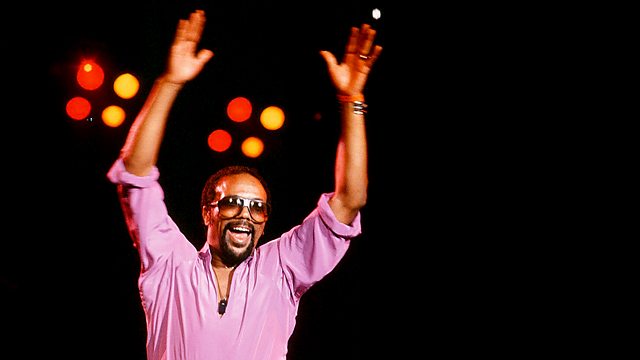Duke Ellington had a request for a young, budding Quincy Jones: “I want you to be one of the people to de-categorize American music.”
It’s something that Jones took to heart and to say that he delivered on his promise would be an understatement. For the last 70 years, Quincy Jones has worked as a tireless ambassador of American music through his innovative artistry, groundbreaking ensembles, and as a mentor, educator and executive.
There’s seemingly nothing he hasn’t accomplished. In his 2018 Netflix documentary, Lionel Richie sits next to him, and speaking to someone off camera, he says, “Don’t try to do what he’s done… no, no ‘cuz you’ll get your ass killed.”
Indeed, Jones’ unmatched (and compulsive) work ethic pushed him to the closest of edges all of his life, resulting in several near death experiences. His mission, gratefully, is not complete and as a result he has been able to create some of the most important work of the last 100 years. From Ray Charles to The Brothers Johnson; from Frank Sinatra to Michael Jackson, and literal hundreds of artists in between, Jones has impacted the lives of his collaborators in ways that we will be unpacking and appreciating for centuries to come.
As a businessman, we can thank Jones for VIBE Magazine, Qwest Records, and the television hit The Fresh Prince of Bel Air. As a mentor, we can thank him for protégées like Patti Austin, James Ingram, Tevin Campbell, Tamia, and Justin Kaufman. And as an artist we can thank him for shaping the last half century of American culture.
There’s no way to illuminate the breadth of an icon in a blog post. But if you’re looking for a way to celebrate the music of Quincy Jones on his 90th trip around the sun, here are a handful of albums that I highly recommend.
Back On the Block
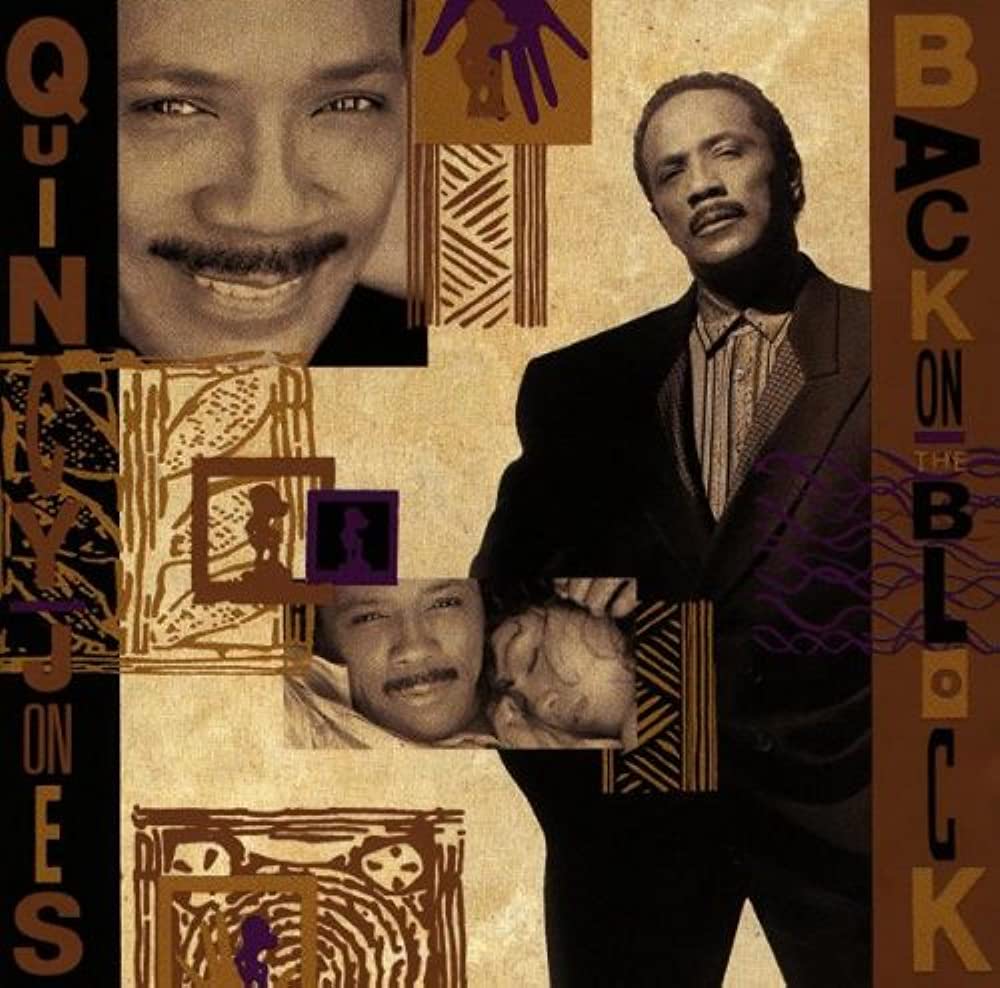
By 1989, Quincy Jones was already a legend. Though on the path to becoming one of the winningest GRAMMY recipients in history, Back On the Block would garner Jones his first GRAMMY under his own name. In addition to the foundational music I was being raised on, I was checking out Soul II Soul, De La Soul, Eric B & Rakim, Bobby Brown, Janet Jackson and all the rest of the chart toppers played on the radio and on Soul Train. But this album is one that me and my folks were checking out equally. My mother had this high tech Aiwa walkman that I used to listen to this album over and over. “Setembro” brought me to tears. Sarah Vaughan sang these gorgeous, almost weeping lines before Gerald Albright bridges the next section of the song with a beautiful solo. When Take 6 comes in, the heavens open. “Jazz Corner of the World” bridge almost 50 years of traditions with Ella Fitzgerald, Miles Davis, Sarah Vaughan, Dizzy Gillespie, George Benson and James Moody on the same tracks with Big Daddy Kane and Kool Moe Dee in an ultimate cypher. “Tomorrow” introduced a 12 year old Tevin Campbell with his astounding remake of The Brothers Johnson 1976 tune. Perhaps the most profound thing about this album is that within just a few years we would lose most of the jazz giants on this record (Sarah Vaughan would pass away just 5 months after this release). These divinely timed flowers of those mentioned, in addition to legends like Ray Charles, Chaka Khan and Barry White make this album something of a mythic proportion.
Walking In Space
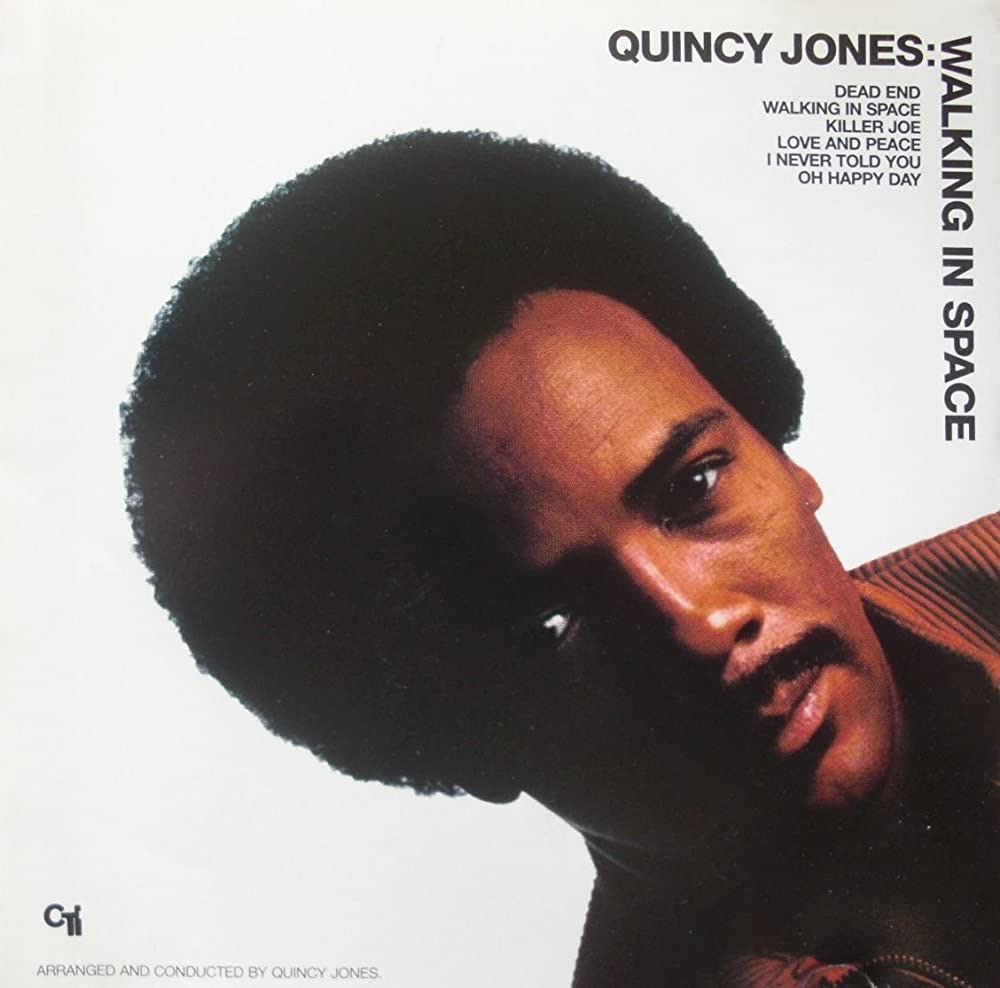
Big band jazz meets funk and soul. This album is a must. The ethereal title track features one of the greatest bass lines of all time, with legendary Ray Brown on electric. Motown writer and up and coming star Valerie Simpson on lead vocals and the great Grady Tate on drums. The tune vacillates between an ethereal languid pace and uptempo swinging sections with solos from Freddie Hubbard, Hubert Laws, Eric Gale and Rahsaan Roland Kirk. It’s a 12-minute journey through the cosmos worth grabbing the entire album. The delicious Benny Golson penned “Killer Joe” is an instant classic. The 35-minute album closes with a groovy take on The Hawkins Singers 1967 arrangement of the centuries old “Old Happy Day.” This album doesn’t miss. No skips. All vibe.
This Is How I Feel About Jazz
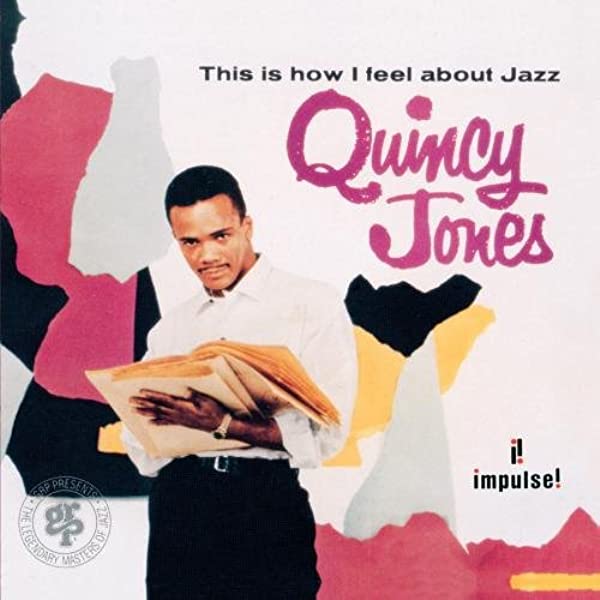
This 1957 album from Jones is aptly titled. Like many, he’d moved to New York City in the early 1950s to get up close and personal with the architects who were crafting what would become known as bebop. His reverence for jazz remains palpable as he never stops revering the names of the likes of his mentors and heroes like Clark Terry, Charlie Parker, Sarah Vaughan, Dinah Washington and Billy Eckstein. The album features a bonafide roster of the best in the business: Charlie Mingus, Paul Chambers, Charlie Persip, Hank Jones, Billy Taylor, and many others. In addition to his stellar big band arrangements, he contributes three of his own compositions that showcase his multitudinous talents that over the decades would astronomically unfold. A swinging affair.
The Dude
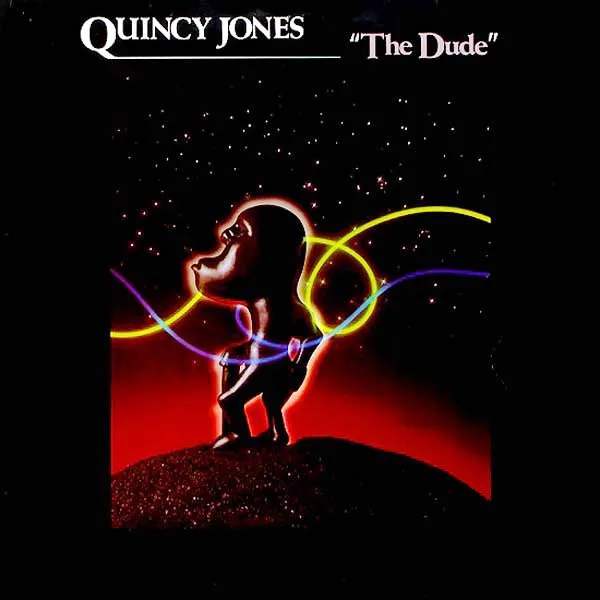
The creative magic of German arranger, producer, and composer Rod Temperton and Jones had given us the biggest selling album from a black artist in Off the Wall in 1979, thus establishing one of the greatest producing duos of all time. The Dude lands chronologically between Michael Jackson’s Off the Wall and Thriller. It features two of Jones’ main proteges: Patti Austin and the late, great James Ingram. Austin’s “Something Special” is boudoir Quiet Storm meets disco two step. The audio mix alone is out of this world. The odd meter, the warm synths of the legendary Greg Phillinganes, and the delectable chord changes are utter bliss. Not to mention Austin’s brilliant vocal performance. The Stevie Wonder penned “Betcha Wouldn’t Hurt Me” is a dance classic. Ingram’s “Find One Hundred Ways” was a chart topping song for Jones, becoming one of the most popular love songs of the decade. A perfect ensemble album with flawless conception.
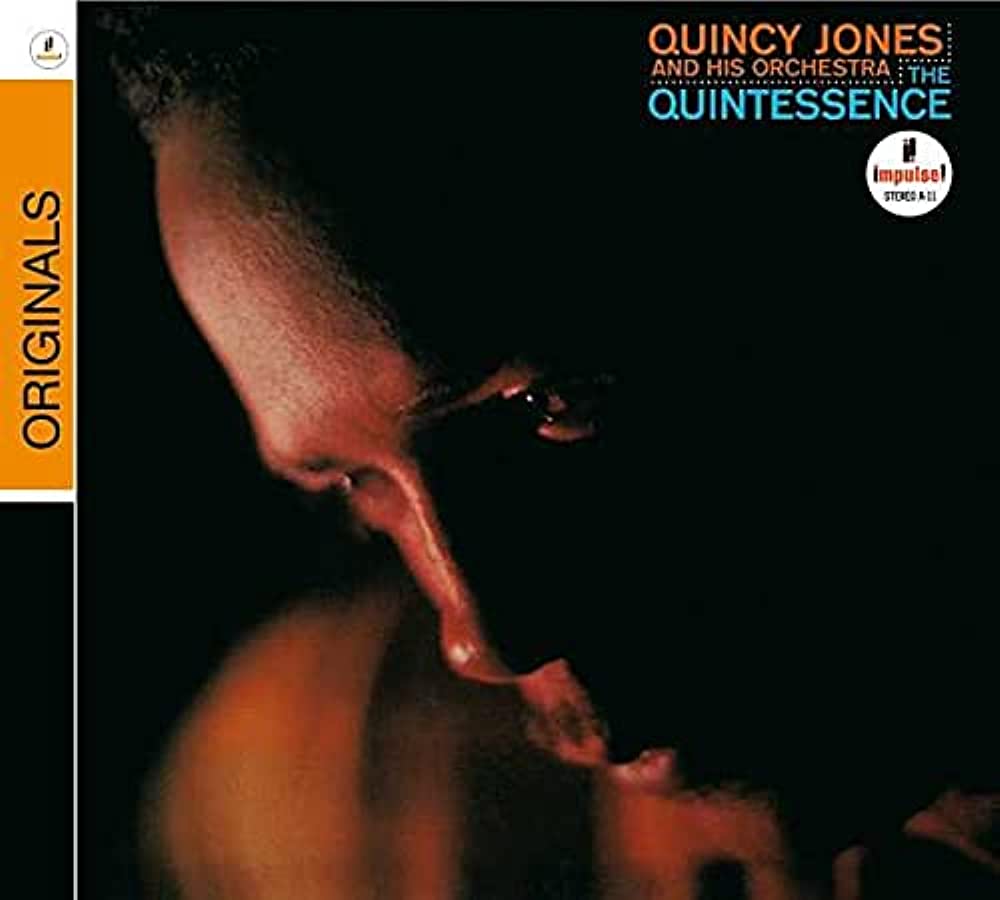
As far as I know, this 1961, release is Jones’ sole album on the Impulse! label. By 1961, Jones was already making quite a name for himself as an orchestrator and arranger. He’d been at the helm of albums like Genius of Ray Charles, Dinah Washington’s For Those In Love, Vaughan and Violins for Sarah Vaughan and Count Basie himself (that latter collaboration would soon result in a phone call from Frank Sinatra that shifted the trajectory of Jones’ career). Once again, he enlists a phenomenal roster of musicians in Milt Hinton, Melba Liston, Freddie Hubbard, Phil Woods, Patricia Bown, Clark Terry, Thad Jones, Frank Wess, Curtis Fuller and Oliver Nelson. Jones’ takes on classics like Monk’s “Straight No Chaser” and “Invitation” are fantastic and his originals — particularly “Lena and Lennie,” is harmonically one of the most beautiful ballads I’ve ever heard.
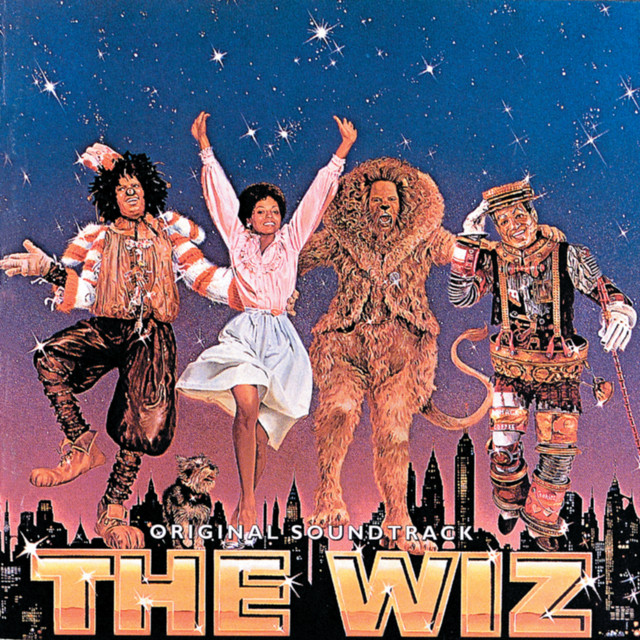
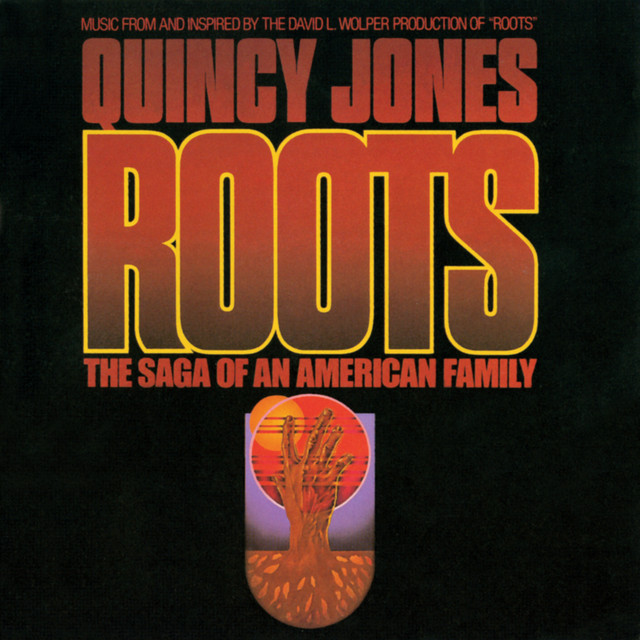
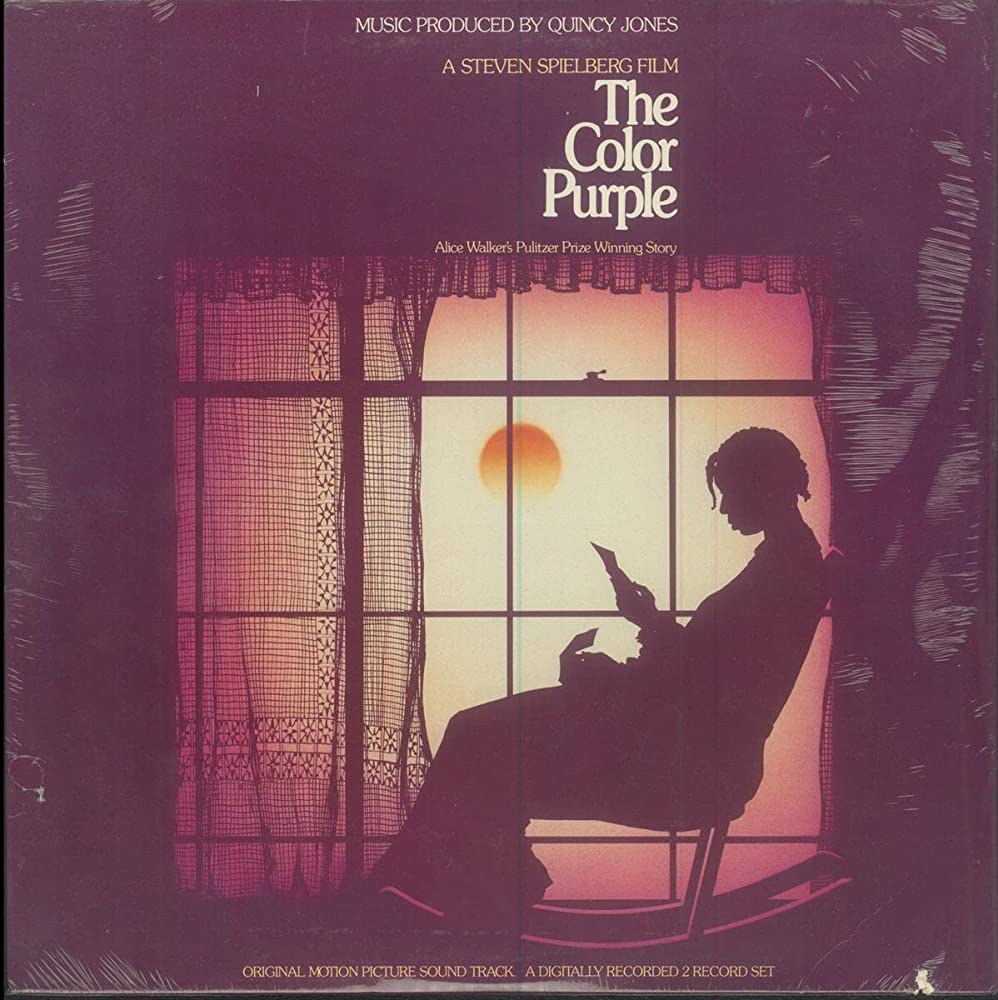
Jones’ soundtrack work is easily the more prolific that any other artist. He began scoring films (and television soundtracks) in the 1960s. At the time, his capabilities were called into question with white movie executives audaciously posing the question flatly to Henry Mancini: “Can black people write for film?” Thankfully musicians like Mancini and Frank Sinatra knew the genius that was in their midst and held the door open for Jones to subsequently change the world and set the bar for film orchestration with his extraordinary writing and arranging. The list is endless: Ironside, Body Heat, In the Heat of the Night, The PawnBroker, In Cold Blood, The Getaway, The Italian Job, Sanford & Son, and so many more. The three shown here — The Wiz, Roots and The Color Purple are some of my personal favorites. Listen to them all!
One of the most sampled artists of all time, the title track from the Body Heat soundtrack was perfectly utilized by late producer Johnny J for Tupac’s 1996 magnum opus All Eyez On Me. Listen here:
Happy 90th Birthday, Q! God bless your life.
